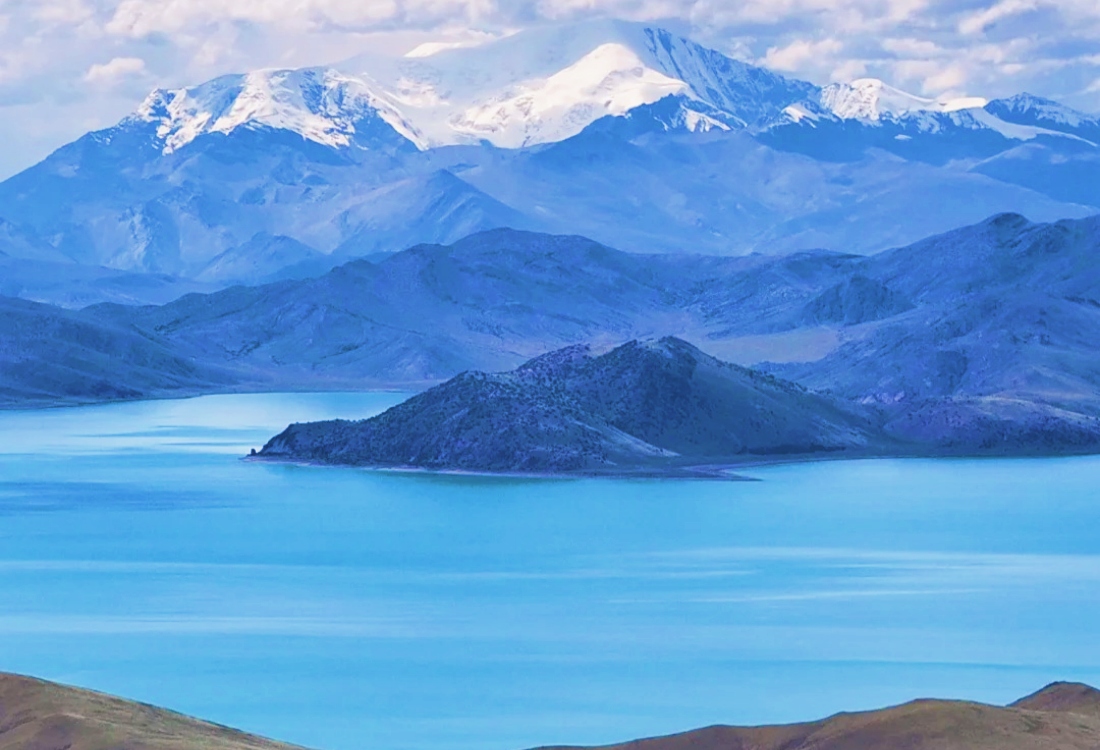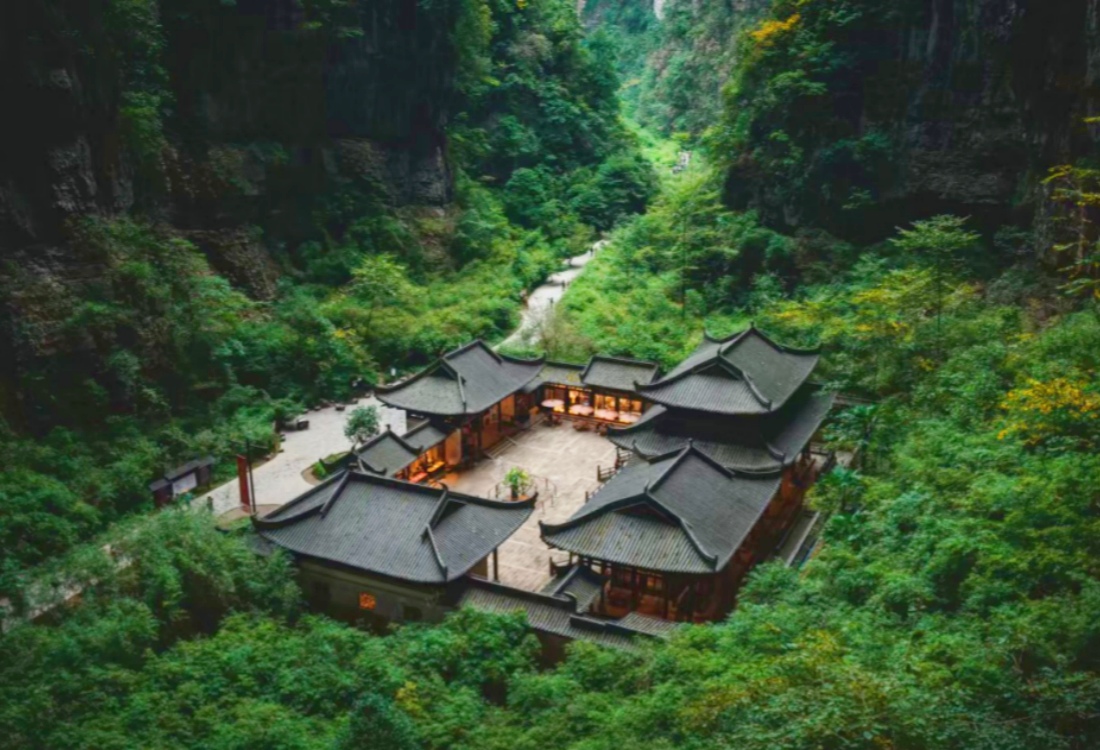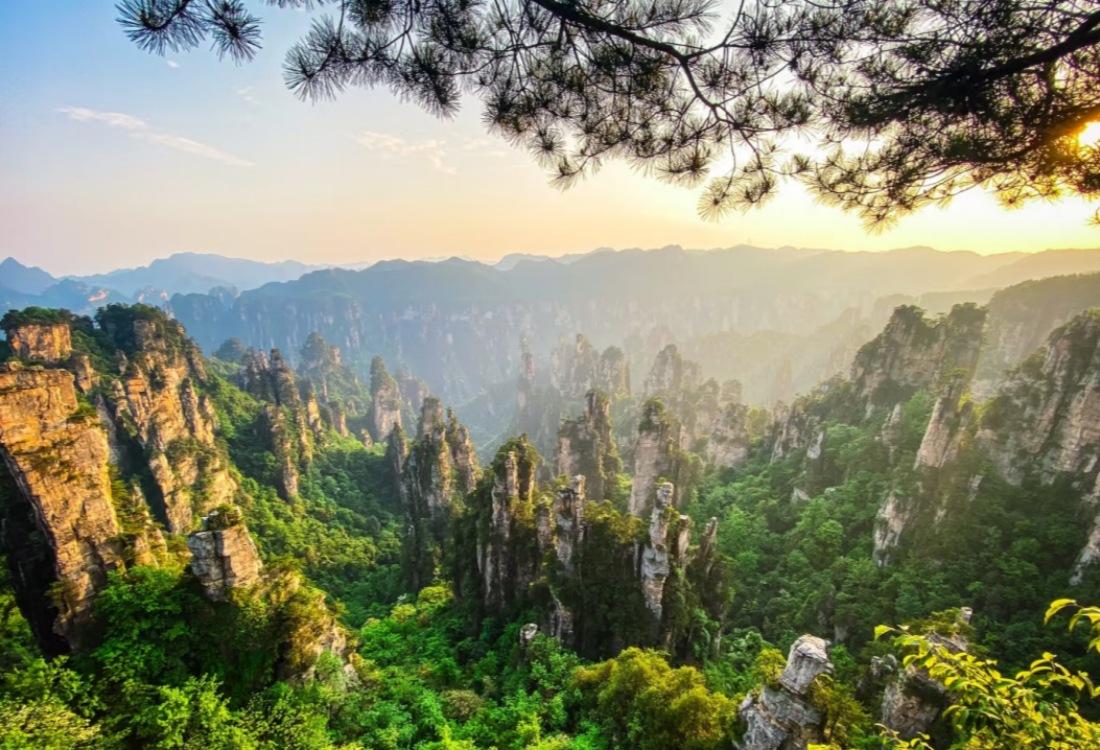Table of Contents
ToggleTibet, often called the “Roof of the World”, offers some of the most spectacular and diverse landscapes on Earth. From snow-capped Himalayan peaks to vast alpine grasslands and shimmering turquoise lakes, the Tibetan Plateau is a treasure trove of natural beauty. As a local who calls this sacred land home, let me guide you through the most iconic landscapes in Tibet, why they’re special, and how to prepare for your journey.
The Himalayan Mountains: Home to the World’s Highest Peaks
- Tibet is famous for its dramatic Himalayan range, which includes Mount Everest (Qomolangma)—the world’s tallest peak at 8,848 metres. On the Tibetan side, you can visit Everest Base Camp (EBC) in Tingri County, offering unmatched views without the intense hike from the Nepal side.
- Other towering mountains like Mount Cho Oyu and Mount Shishapangma (the only 8,000-metre peak entirely within China) make this region a magnet for trekkers and photographers alike.
- Best Time to Visit: April to June and September to October offer clear skies and fewer tourists.
- Preparation Tips: Bring layered clothing, sun protection, and altitude sickness medication. Permits are required, so plan through a licensed tour operator.
Sacred Lakes: The Spiritual Waters of Tibet
- Tibet’s lakes are more than just beautiful—they hold deep spiritual significance. Yamdrok Lake, near Lhasa, is a turquoise jewel surrounded by snow-capped mountains and rolling hills. According to local belief, the lake is the reincarnation of a goddess and offers blessings to those who visit.
- Lake Namtso, one of the highest saltwater lakes in the world, is renowned for its stunning reflection of the sky and is often visited by pilgrims who circle its shores in prayer.
- Best Time to Visit: May to October, when the lakes are not frozen and accessible by road.
- Preparation Tips: Expect high elevation—Yamdrok sits at over 4,400 metres. Bring snacks, water, and be respectful of local customs when visiting pilgrimage sites.
Vast Grasslands and Nomadic Culture
- The northern region of Tibet is dominated by the Changtang Plateau, a wild expanse of high-altitude grassland where Tibetan nomads herd yaks and sheep. Here, the air is crisp, the skies endless, and the culture deeply traditional.
- These grasslands are perfect for spotting wildlife such as Tibetan antelope, wild donkeys, and migratory birds. Staying with nomadic families provides insight into their centuries-old way of life, far removed from modern city comforts.
- Best Time to Visit: Summer (June to August), when the grasslands are lush and herders are most active.
- Preparation Tips: Accommodations can be basic—pack sleeping gear and be ready for remote conditions.
Other Notable Landscapes: Valleys, Canyons, and Deserts
Tibet’s natural beauty doesn’t stop at mountains and lakes. The Yarlung Tsangpo Grand Canyon, deeper than even the Grand Canyon in the USA, is a lesser-known but awe-inspiring destination rich in biodiversity.
The Gyama Valley, near Lhasa, is not only scenic but also historically significant as the birthplace of Songtsen Gampo, Tibet’s first great emperor. In western Tibet, the barren landscapes near Mount Kailash and Lake Manasarovar offer mystical beauty that has attracted pilgrims for millennia.
Why Tibet’s Landscapes Are So Famous
Tibet’s landscapes are not just visually stunning—they are steeped in spiritual meaning, cultural history, and ecological diversity. Each region tells a story, whether it’s through the chants of monks by a sacred lake or the quiet resilience of nomads under a starlit sky.
Essential Travel Tips for Witnessing Tibet’s Landscapes
- Permits and Travel Regulations – Foreign travellers must join an organised tour and apply for a Tibet Travel Permit in advance.
- Acclimatisation – Altitude sickness is a real concern. Rest upon arrival and hydrate well.
- Eco-Respect – Tibet is fragile. Don’t litter, avoid disturbing wildlife, and respect local customs.
- Packing Essentials – Bring sunscreen, lip balm, warm layers, reusable water bottles, and backup chargers.
A Journey Unlike Any Other
Exploring Tibet’s landscapes is not just a trip—it’s a profound experience. Whether standing before the mighty Everest, walking around a sacred lake, or sharing tea with a nomad, you’ll find that the land leaves a lasting mark on your heart. For those seeking nature, culture, and spirituality in one place, Tibet is unmatched.









